The moon belies what the rain crow says.
If the moon looks like it’s tipped on its back cradling water, it won’t rain. If it’s tipped forward so water can spill out, it will rain — so I was told by a retired nurse when I first moved to the Valley.
The call of a rain crow means it will rain — as told to me by my husband who grew up in Arlington, Texas.
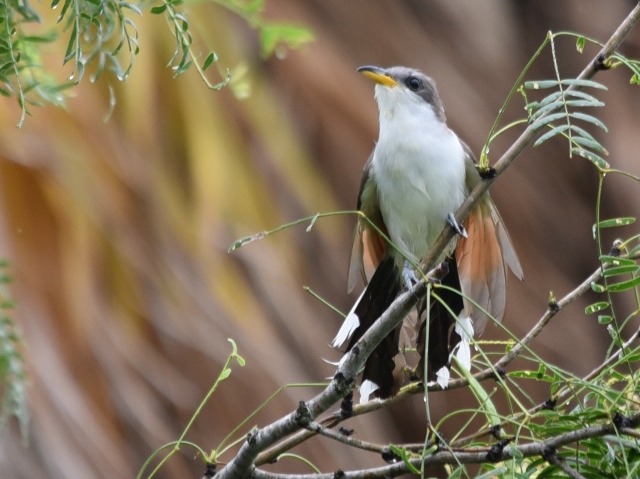
Rain crow is the yellow-billed cuckoo (Coccyzus americanus). It favors mesquite trees here in the Valley, perching in secret, foretelling of rain for those who listen. See more about the rain crow at https://rgvctmn.org/rattle-purr-knock-knock-knock/
Long before weathermen, and way long before television was invented, knowing what the weather was going to be like was vitally important to farmers, sailors and soldiers, according to some extensive Internet research such as, uk.news.yahoo.com, superstitiondictionary.com, mensjournal.com, science.howstuffworks.com, farmersalmanac.com — or Google: Weather superstitions.
Prior to sophisticated instruments, coordinated observatories and rapid communication, weather forecasts helped farmers to feed their nations, sailors to set sail and soldiers to plan their battle strategies. Back in the day, they all had to rely on inherited idioms and timeworn lore — much as I might trust my old neighbor the nurse, and my husband who passes on what he learned as a kid listening to and tracking birds.
Getting back to the rain crow, I heard one call the other evening and then saw the cradled half-moon in the early morning sky. I thought that message was just a little too dichotomous for forecasting whether the next evening’s weather would be wet or dry. It was important for me to know so I’d know whether to keep my moth sheet and blacklight set-up positioned or to put it up so the lights wouldn’t be damaged when water met the power cord.
Because of the conflicting moon/bird weather forecast, I relied on my husband to check the Internet where he found that it would be safe for me to keep it set up until the weekend — which is promising to bring with it a Caribbean disturbance.
Getting back to predicting weather by observing nature, I recalled the first idiom I learned when I was first in the Navy — Red sky in morning, sailors take warning, red sky at night, sailors’ delight.
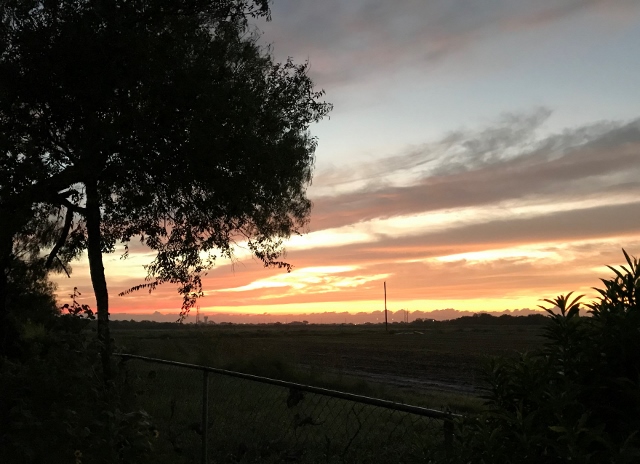
We’ve had a couple of beautiful red morning skies lately, but not at night; therefore, we should batten down the hatches and prepare to ride out the stormy seas.
Owls will hoot more at night if rain is on the way. We have what I suspect are two great horned owls on the property. They are pretty chatty around 5 a.m. when I check the moth sheet. For the past three nights, they’ve been silent, but this morning they were again calling to each other. Maybe rain is coming. The moon is a waxing crescent, but I forgot to check the position; I’ll have to rely on other clues to know tonight’s weather.
If a cat washes over its ear, it’s a sign of fine weather. If a cat sneezes, it’s going to rain. I’ll have to follow the cats around today.
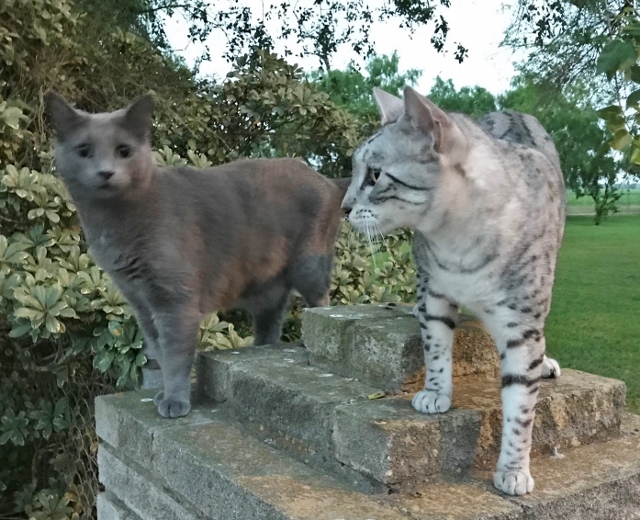
A wet September foretells of a coming drought. Our September rains came in July this year, thanks to Hurricane Hannah. Hopefully it will negate any foreseeable drought.
When crickets chirp louder than usual, it will rain. It’s hard to pick out the cricket’s chirp for the hooting owls, cicada sirens and piercing toad vocals, although a few crickets have been attracted to my moth sheet.
If all else fails, here are a few more ways to predict the weather:
- Ants are busy just before rain
- Ants building up their mounds indicate rain soon
- Spiders in motion indicate rain
- When cockroaches fly, expect rain — yeah, that’s disconcerting!
- Fireflies fly low before a rain
- Fireflies in great numbers indicate fair weather
- The louder the frogs, the more the rain
- A ring around the moon means rain
The woolly bear caterpillars — which we know turn into beautiful giant leopard moths (see https://rgvctmn.org/anitas-blog-great-caterpillar-finds/ and https://rgvctmn.org/anitas-blog-achromatic-beauty/ ) have long predicted whether winters are to be cold or mild. The thicker the black stripes, the worse the weather is going to be.
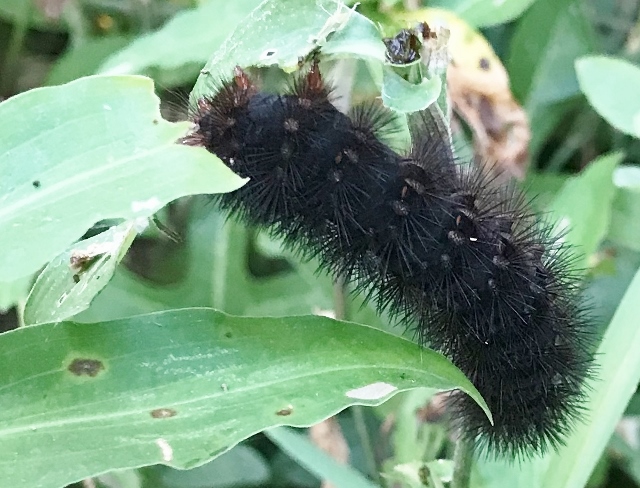
Interestingly, in European folklore, it is said to be bad luck to handle a hairy caterpillar — which may have something to do with the fact that touching one can leave nasty spines in your hand. However, the bad luck can be negated by tossing the poor creature over your left shoulder, according to mentalfloss.com.
Yes, reminiscent of spilled salt, and everyone knows to toss a pinch of the spilled salt over your left shoulder, right?
Joseph Connors, South Texas Border Chapter of the Texas Master Naturalists, Webmaster, blogger and moth enthusiast, tells us that a full moon brings less moths to a moth sheet. https://www.stbctmn.org/post/mothing — Don’t let that deter you from setting up during full moon time, though!
Jumping on to a wild bunny trail, there are those who predict that a drought produces less moths, which means less bat nourishment, which in turn inhibits bat migration — but that has nothing to do with the weather, right? However, if you subscribe to the belief of six degrees of separation, or the interconnectivity of all living things, that statement may resonate with you.
No matter how you choose to predict the weather — or interpret the folkloric natural signs around you — we can all benefit from listening for the crickets, owls and rain crows — rain or not.
We’d like to hear some of your weather-predicting idioms — especially any local folklore for predicting our beloved Valley weather. Let us hear from you!
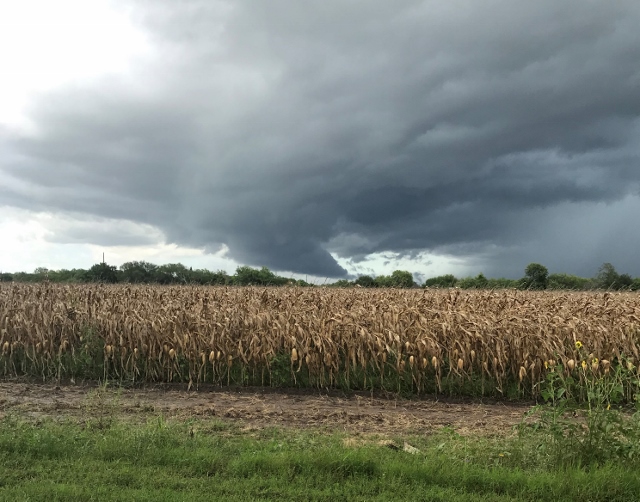

Leave a Reply